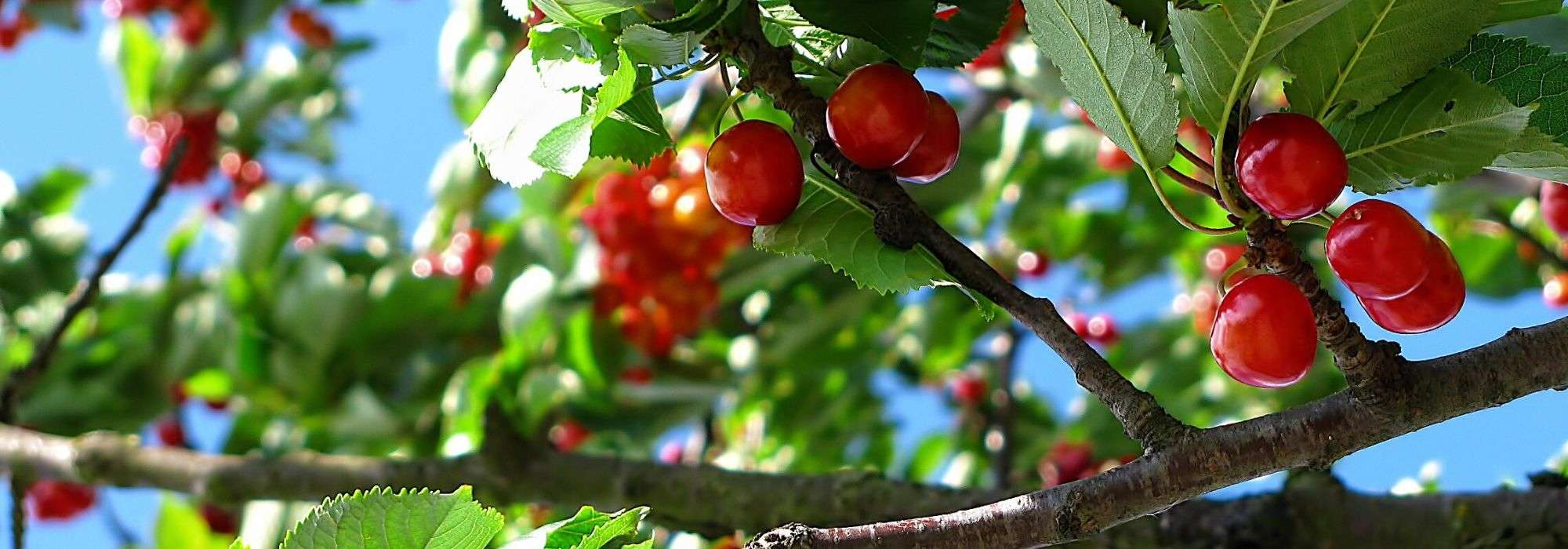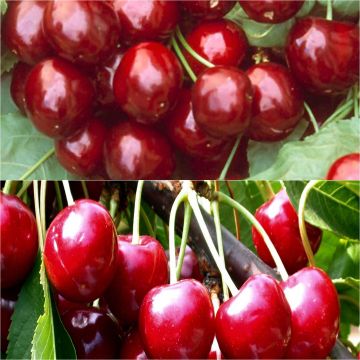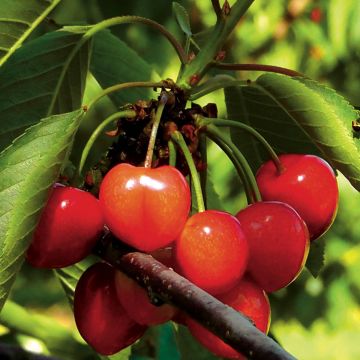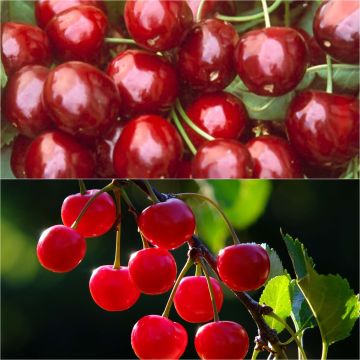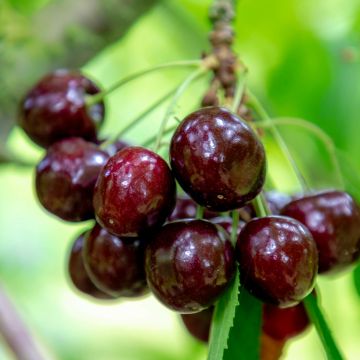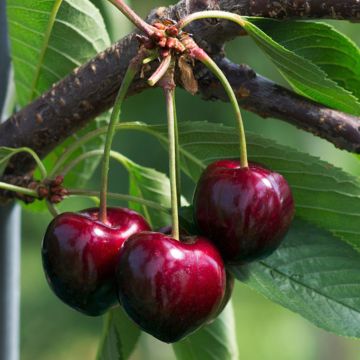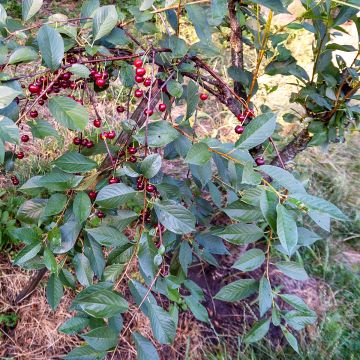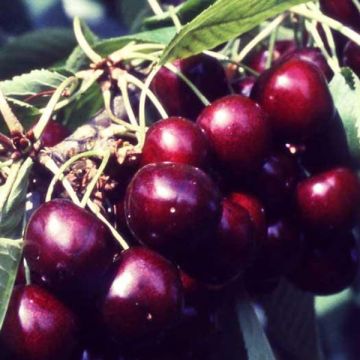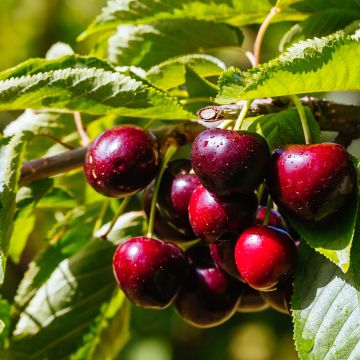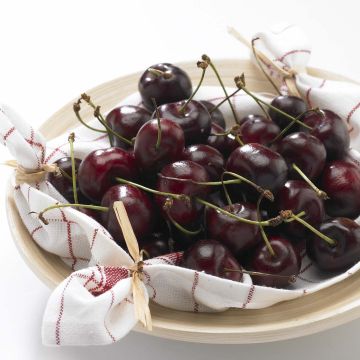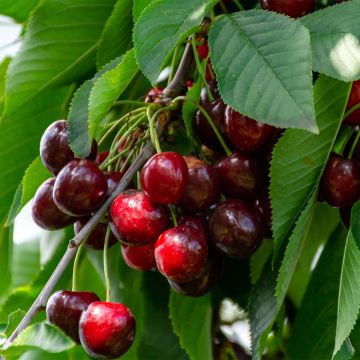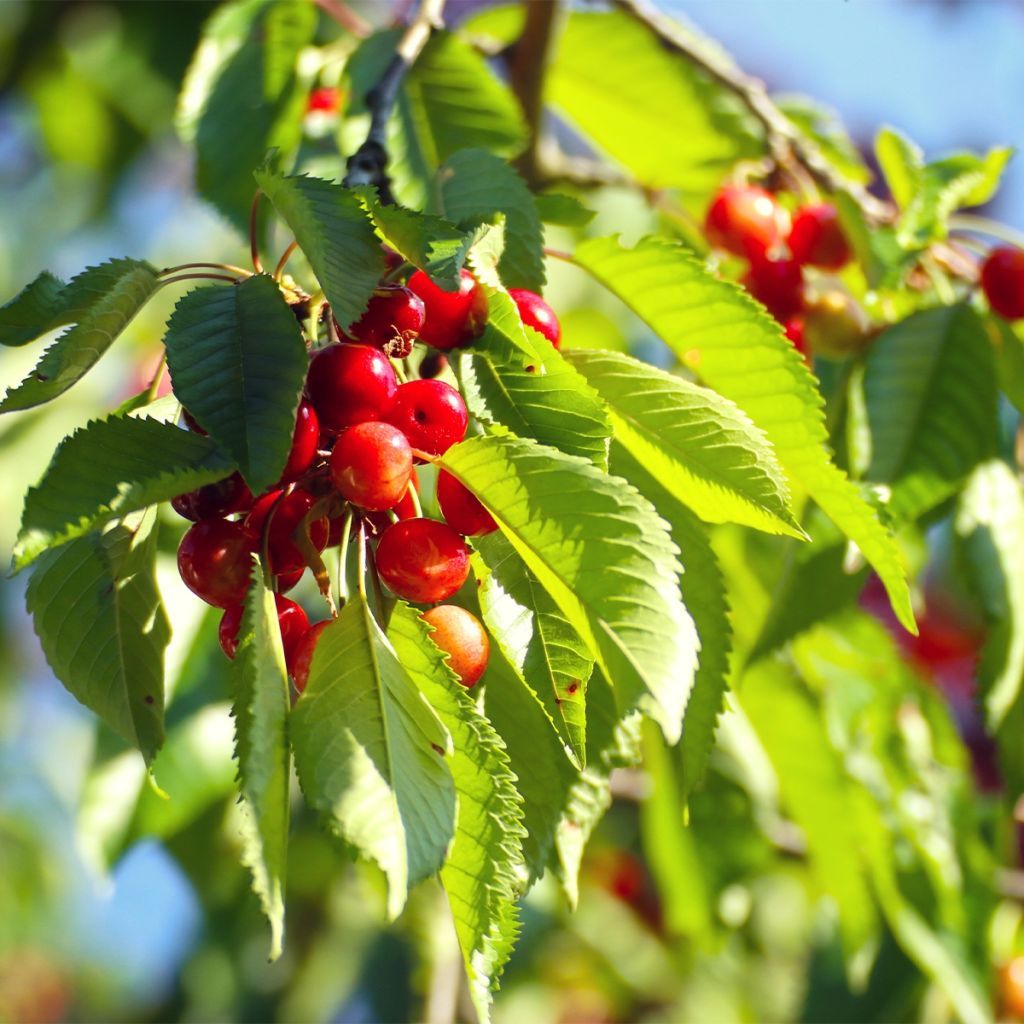

Prunus cerasus Kelleriis15 - Tart Cherry
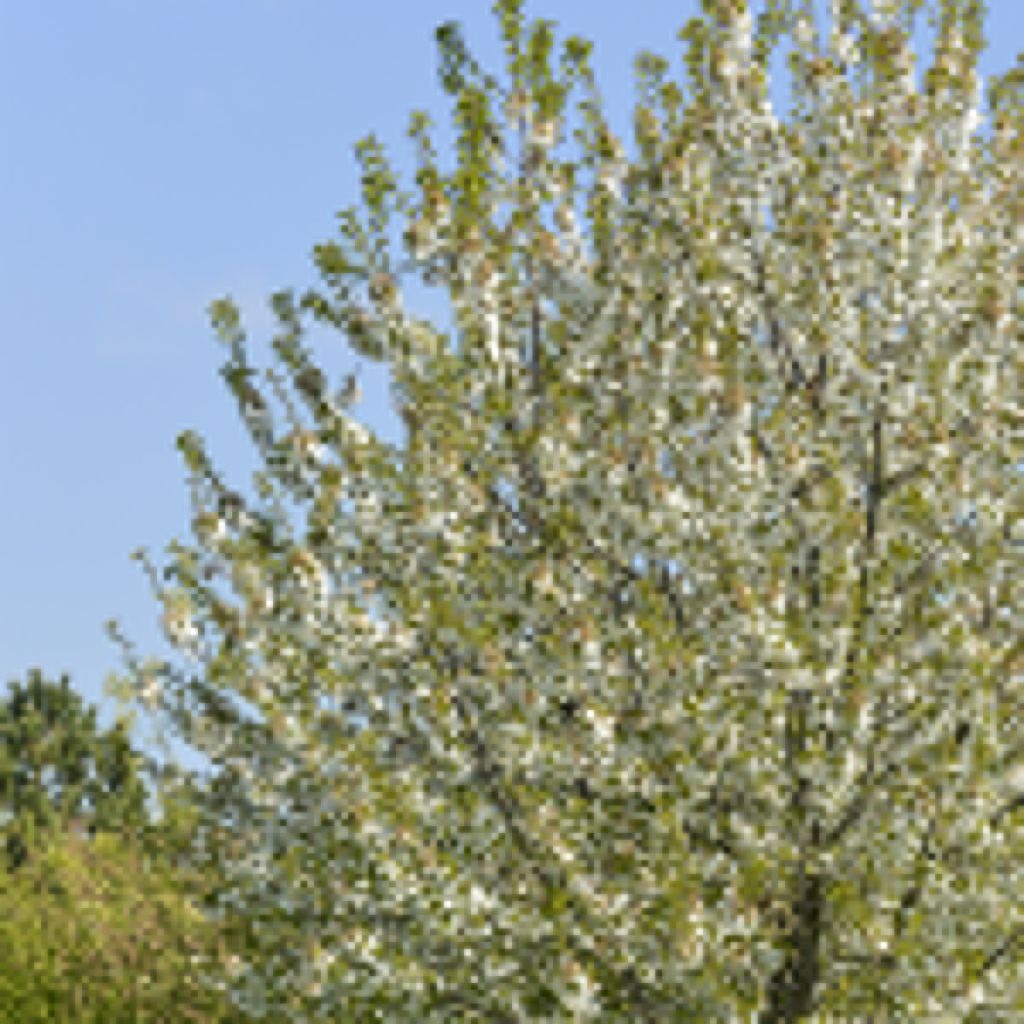

Prunus cerasus Kelleriis15 - Tart Cherry
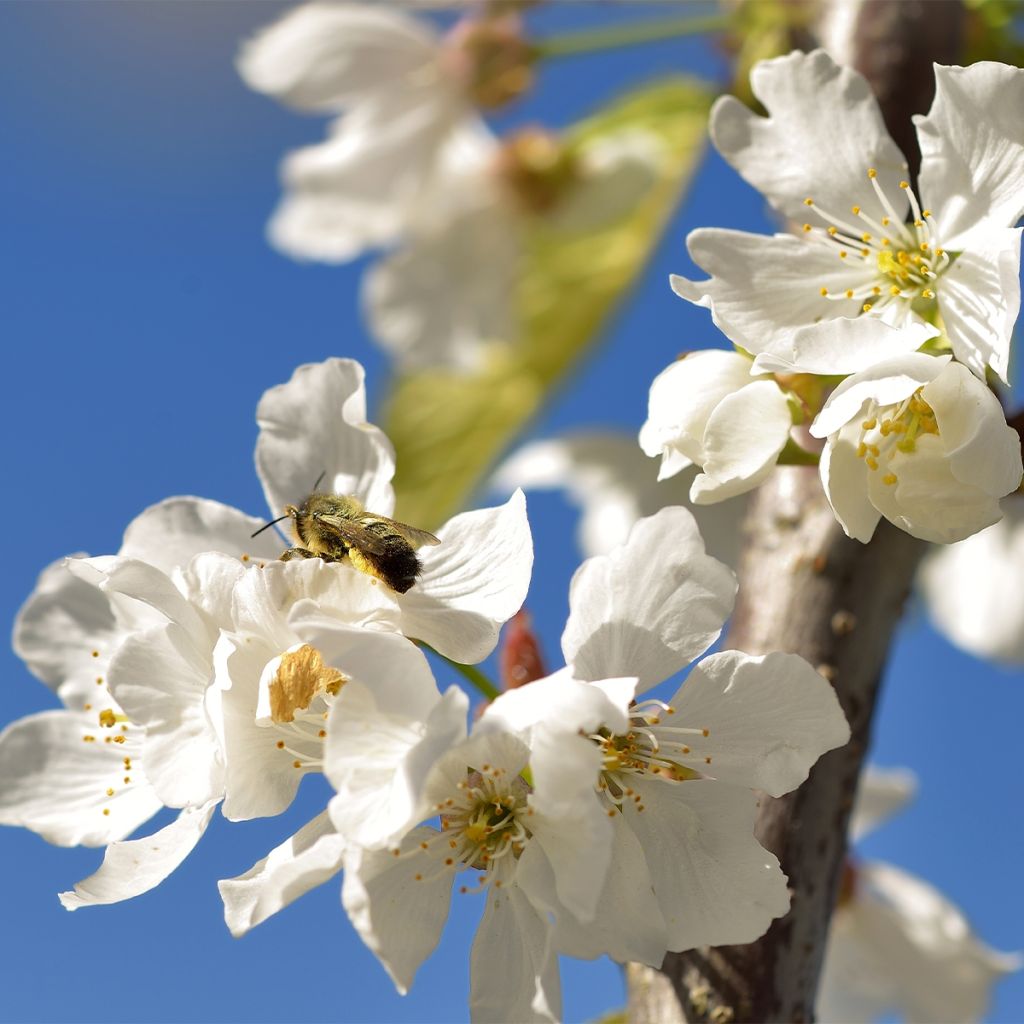

Prunus cerasus Kelleriis15 - Tart Cherry
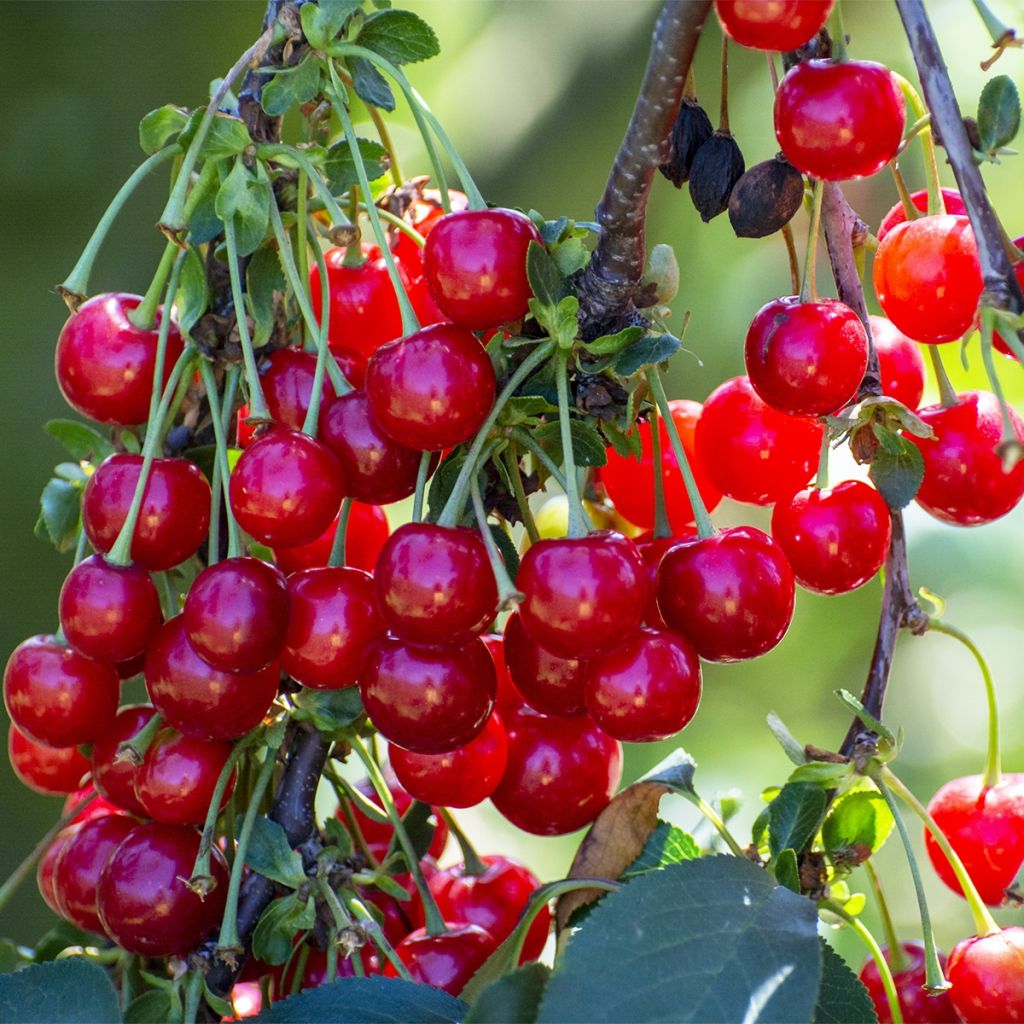

Prunus cerasus Kelleriis15 - Tart Cherry
Prunus cerasus Kelleriis15 - Tart Cherry
Prunus cerasus Kelleriis15
Sour Cherry, Tart Cherry, Dwarf Cherry, Morello Cherry
Special offer!
Receive a €20 voucher for any order over €90 (excluding delivery costs, credit notes, and plastic-free options)!
1- Add your favorite plants to your cart.
2- Once you have reached €90, confirm your order (you can even choose the delivery date!).
3- As soon as your order is shipped, you will receive an email containing your voucher code, valid for 3 months (90 days).
Your voucher is unique and can only be used once, for any order with a minimum value of €20, excluding delivery costs.
Can be combined with other current offers, non-divisible and non-refundable.
Home or relay delivery (depending on size and destination)
Schedule delivery date,
and select date in basket
This plant carries a 6 months recovery warranty
More information
We guarantee the quality of our plants for a full growing cycle, and will replace at our expense any plant that fails to recover under normal climatic and planting conditions.
Description
The Prunus cerasus 'Kelleriis 16' (Morellenfeuer) is a variety of Cherry tree with large, sweet and tangy red fruits. They are best eaten fresh and are perfect for baking or preserving. This Cherry tree forms a medium-sized tree, with a round crown and a flexible habit. This self-fertile variety can therefore be planted alone; it blooms abundantly in March-April and bears fruit in summer. Highly resistant to diseases and very productive, it is an excellent choice for small to medium-sized gardens.
The sour cherry, in Latin Prunus cerasus (also called Morello cherry), as well as the sweet cherry Prunus avium, are the two main species that have given rise to most of the edible cherry trees grown in our gardens. They belong to the Rosaceae family, one of the most important families in our latitudes, both for fruit and ornamental gardens, as well as for wild flora. The cherry tree is a medium-sized tree, reaching 5 to 10 metres (16 to 33 feet) in height at maturity. Its rounded habit provides a beautiful shaded space, very pleasant during the summer. Its alternate and toothed leaves are shiny, dark green, and then turn a lovely russet colour in autumn before falling. Cherries are rich in vitamin C, minerals, and trace elements. This 'Kelleriis 16' variety, also known as 'Morellenfeuer' by the Germans, forms a small tree with a flexible habit and a round crown, with pendulous branch tips, reaching 5 metres (16 feet) in height and spread. In March-April, it displays an abundant white flowering, as decorative as an ornamental cherry tree. After pollination by insects, it produces large red cherries in July-August. Sweet and tangy, they are delicious eaten fresh or cooked in baking and can be preserved.
This variety is self-fertile and does not require pollination by another tree. It is highly productive and also resistant to diseases. This cherry tree can be planted in the majority of garden soils, tolerating acidity and limestone without excess. Once established, it is also tolerant of watering, but occasional watering is always useful, especially during prolonged hot periods. It is best to stake it in the early years, until the root system is well established. Stone fruit trees, including cherry trees, do not appreciate pruning, as it can trigger gummosis, a resin production in response to stress. Therefore, it is best to simply shorten the ends of green shoots in early August. Another important precaution is to check the stake ties each year to avoid strangling the trunk. Use rubber ties and regularly loosen them to avoid hindering the growth of the main trunk.
Suitable for all regions of France, up to 800 metres (2625 feet) in altitude, the Cherry tree can be planted on a lawn, at the back of a flower bed, or within an orchard. It is important to be vigilant in spring, as the flowering is very sensitive to frost (damage can occur from -2°C). This medium-sized Cherry tree is well suited to small gardens, planted as a stand-alone tree or to form a small orchard, alongside classic fruit trees such as Apple trees, Pear trees, Vineyard Peach trees, or more unique varieties like the 'Mirabelle' Plum tree or the Persimmon tree.
Prunus cerasus Kelleriis15 - Tart Cherry in pictures
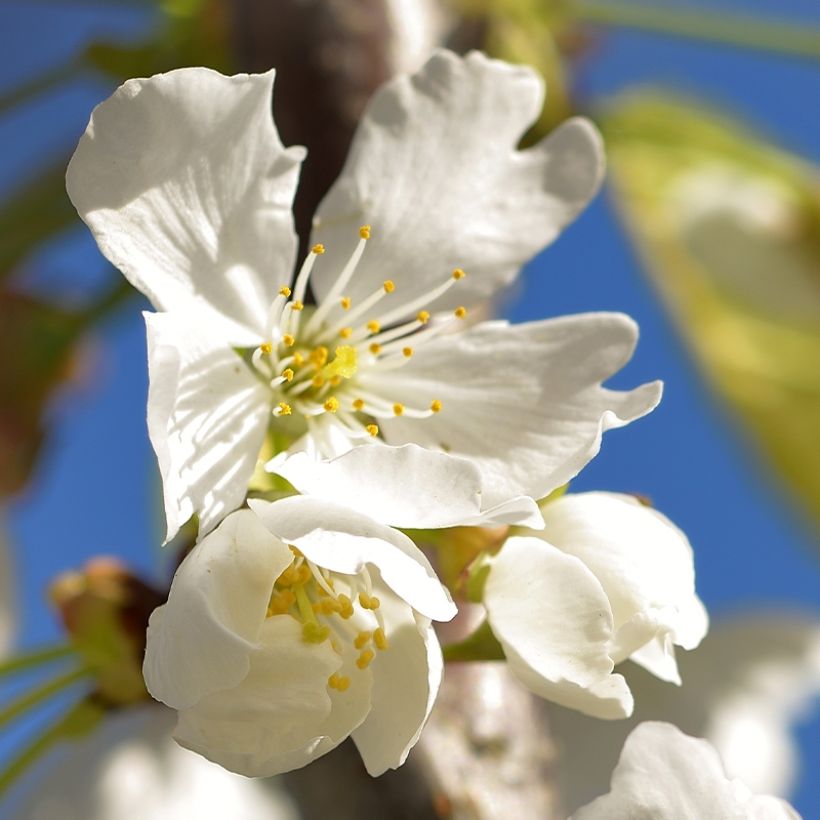

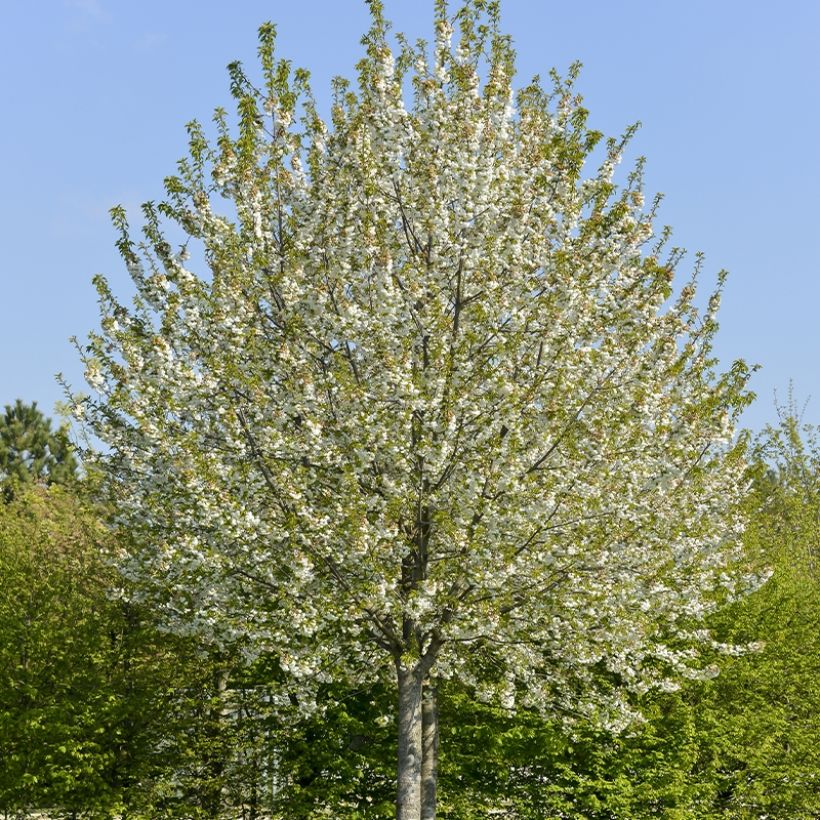

Plant habit
Fruit
Flowering
Foliage
Botanical data
Prunus
cerasus
Kelleriis15
Rosaceae
Sour Cherry, Tart Cherry, Dwarf Cherry, Morello Cherry
Cultivar or hybrid
Other Cherry trees
View all →Planting and care
Easy to cultivate, the Cherry tree grows in all types of soil, acidic or chalky. It prefers moist, light soils and is sensitive to heavy and clayey soils. Choose a sunny location. To limit the risk of late frosts on the flowers, it is recommended to plant the Cherry tree in a sheltered position, facing west and protected from cold winds in regions that experience spring frosts. Planting is preferably done in autumn.
Loosen the soil deeply, remove stones and unwanted weeds. Add some sand to improve drainage. Dig a hole 4 to 5 times the volume of the root ball. Make sure to separate the bottom soil from the top soil. Mix crushed horn or well-rotted compost or potting soil with the bottom soil and pour this mixture into the planting hole. Install a stake, then place the root ball, cover with the top soil and firm it down. Water generously. Attach the stake to the plant, crossing the tie in a figure of 8, without tightening it around the trunk to allow it to grow without being strangled (to be monitored over the years).
During cultivation, watering is not essential, but necessary in case of high temperatures, especially in Mediterranean regions. Mulch at the base to keep it cool in summer. Protect your harvest by installing a bird net if necessary. In case of aphid attack, spray diluted black soap in water.
Planting period
Intended location
Care
Planting & care advice
This item has not been reviewed yet - be the first to leave a review about it.
Haven't found what you were looking for?
Hardiness is the lowest winter temperature a plant can endure without suffering serious damage or even dying. However, hardiness is affected by location (a sheltered area, such as a patio), protection (winter cover) and soil type (hardiness is improved by well-drained soil).

Photo Sharing Terms & Conditions
In order to encourage gardeners to interact and share their experiences, Promesse de fleurs offers various media enabling content to be uploaded onto its Site - in particular via the ‘Photo sharing’ module.
The User agrees to refrain from:
- Posting any content that is illegal, prejudicial, insulting, racist, inciteful to hatred, revisionist, contrary to public decency, that infringes on privacy or on the privacy rights of third parties, in particular the publicity rights of persons and goods, intellectual property rights, or the right to privacy.
- Submitting content on behalf of a third party;
- Impersonate the identity of a third party and/or publish any personal information about a third party;
In general, the User undertakes to refrain from any unethical behaviour.
All Content (in particular text, comments, files, images, photos, videos, creative works, etc.), which may be subject to property or intellectual property rights, image or other private rights, shall remain the property of the User, subject to the limited rights granted by the terms of the licence granted by Promesse de fleurs as stated below. Users are at liberty to publish or not to publish such Content on the Site, notably via the ‘Photo Sharing’ facility, and accept that this Content shall be made public and freely accessible, notably on the Internet.
Users further acknowledge, undertake to have ,and guarantee that they hold all necessary rights and permissions to publish such material on the Site, in particular with regard to the legislation in force pertaining to any privacy, property, intellectual property, image, or contractual rights, or rights of any other nature. By publishing such Content on the Site, Users acknowledge accepting full liability as publishers of the Content within the meaning of the law, and grant Promesse de fleurs, free of charge, an inclusive, worldwide licence for the said Content for the entire duration of its publication, including all reproduction, representation, up/downloading, displaying, performing, transmission, and storage rights.
Users also grant permission for their name to be linked to the Content and accept that this link may not always be made available.
By engaging in posting material, Users consent to their Content becoming automatically accessible on the Internet, in particular on other sites and/or blogs and/or web pages of the Promesse de fleurs site, including in particular social pages and the Promesse de fleurs catalogue.
Users may secure the removal of entrusted content free of charge by issuing a simple request via our contact form.
The flowering period indicated on our website applies to countries and regions located in USDA zone 8 (France, the United Kingdom, Ireland, the Netherlands, etc.)
It will vary according to where you live:
- In zones 9 to 10 (Italy, Spain, Greece, etc.), flowering will occur about 2 to 4 weeks earlier.
- In zones 6 to 7 (Germany, Poland, Slovenia, and lower mountainous regions), flowering will be delayed by 2 to 3 weeks.
- In zone 5 (Central Europe, Scandinavia), blooming will be delayed by 3 to 5 weeks.
In temperate climates, pruning of spring-flowering shrubs (forsythia, spireas, etc.) should be done just after flowering.
Pruning of summer-flowering shrubs (Indian Lilac, Perovskia, etc.) can be done in winter or spring.
In cold regions as well as with frost-sensitive plants, avoid pruning too early when severe frosts may still occur.
The planting period indicated on our website applies to countries and regions located in USDA zone 8 (France, United Kingdom, Ireland, Netherlands).
It will vary according to where you live:
- In Mediterranean zones (Marseille, Madrid, Milan, etc.), autumn and winter are the best planting periods.
- In continental zones (Strasbourg, Munich, Vienna, etc.), delay planting by 2 to 3 weeks in spring and bring it forward by 2 to 4 weeks in autumn.
- In mountainous regions (the Alps, Pyrenees, Carpathians, etc.), it is best to plant in late spring (May-June) or late summer (August-September).
The harvesting period indicated on our website applies to countries and regions in USDA zone 8 (France, England, Ireland, the Netherlands).
In colder areas (Scandinavia, Poland, Austria...) fruit and vegetable harvests are likely to be delayed by 3-4 weeks.
In warmer areas (Italy, Spain, Greece, etc.), harvesting will probably take place earlier, depending on weather conditions.
The sowing periods indicated on our website apply to countries and regions within USDA Zone 8 (France, UK, Ireland, Netherlands).
In colder areas (Scandinavia, Poland, Austria...), delay any outdoor sowing by 3-4 weeks, or sow under glass.
In warmer climes (Italy, Spain, Greece, etc.), bring outdoor sowing forward by a few weeks.






























